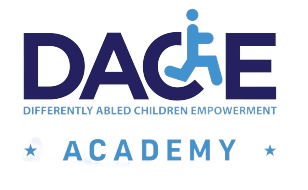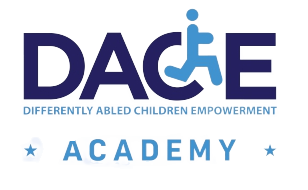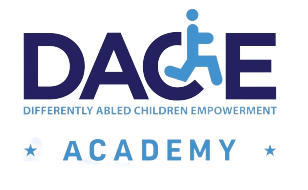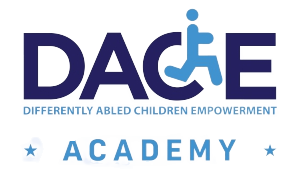Search Engine Optimization Tutorial SEO Tutorial
SEO tools help users track, evaluate, and optimize their SEO performance. Try to get backlinks from relevant sites that have high-quality content. According to our ranking factors study, the most important Google ranking factor is text relevance. Meaning how relevant your page’s content is to the user’s query.
- Tracks conversions, retargeting, and web analytics for LinkedIn ad campaigns, enhancing ad relevance and performance.
- The search engine index is basically a gigantic library of all the crawled websites with a single purpose – to understand them and have them available to be used as a search result.
- For example, let’s say you track one keyword, and all the top positions in Google are occupied by pages on your website.
- Google has created a useful tool that gives suggestions on what to change on your site.
Ensure Your Website is Mobile-Friendly and Fast
Freshness basically refers SEO Anomaly to how often your organization posts new content to your site. Before we dive into some of the factors of on and off-page SEO, let’s talk about content. These factors include both on-page and off-page factors, which we will discuss below.
Crawling: How search engines discover content
Whatever your goals and tactics are, the mobile version of your site should be fast, optimized, and offer a great user experience. While on-site SEO focuses on optimizing your actual website, off-site SEO builds your authority and reach through other channels online. It takes effort across many platforms, but helps people find and trust your website more. Monitoring what people say about your business online is crucial too.
Additionally, links can also add value by connecting users (and Google) to another resource that corroborates what you’re writing about. If you’re feeling adventurous, it’s worth figuring out if you can specify a canonical version for your pages. But if you don’t canonicalize your URLs yourself, Google will try to automatically do it for you. SEO (search engine optimization) is an effort to get more unpaid visibility in search engines like Google. And it helps you rank higher in search engines and attract more organic traffic to your site.
Use images, from screenshots to graphics to stock photos, to meet search intent and optimize the user experience. Optimize your images with short, descriptive filenames and alt text. Then, compress them before uploading them to your site with a free tool like Squoosh. Create informational meta descriptions for your content by following similar best practices. For example, answer your target keyword’s search intent and incorporate your target keyword. Use Keywords Everywhere, Ahrefs, Semrush, or Google Search to research high-volume, low-competition search queries relevant to your business and target audience.






No Comments